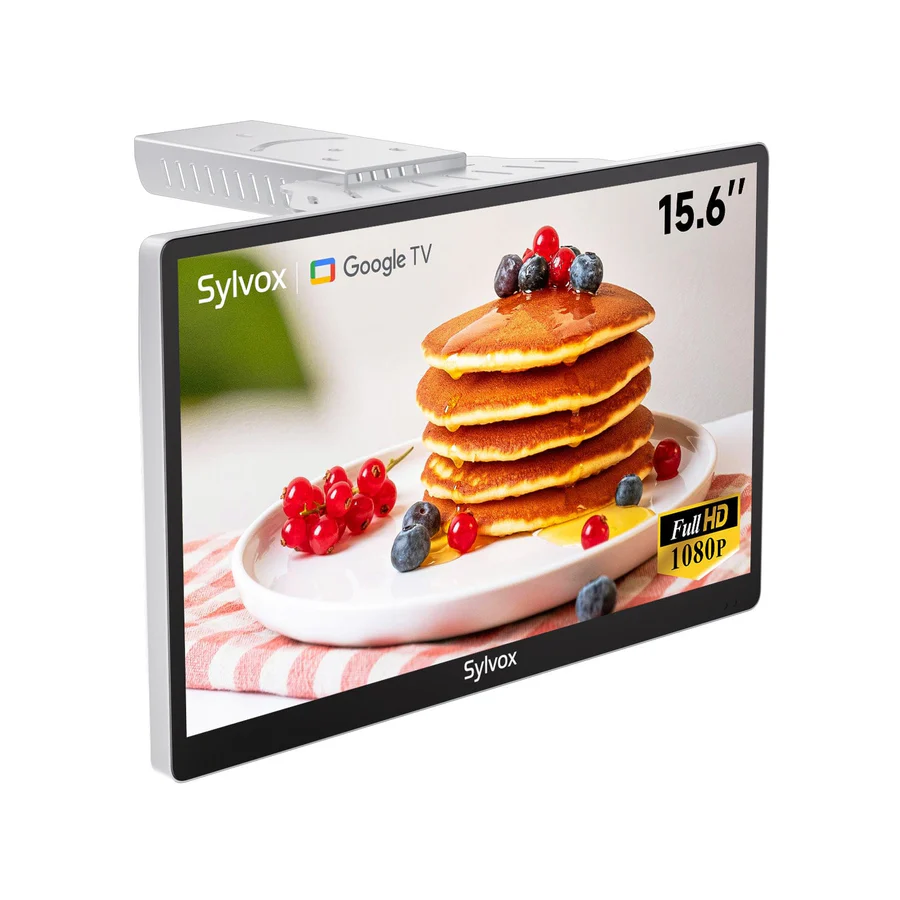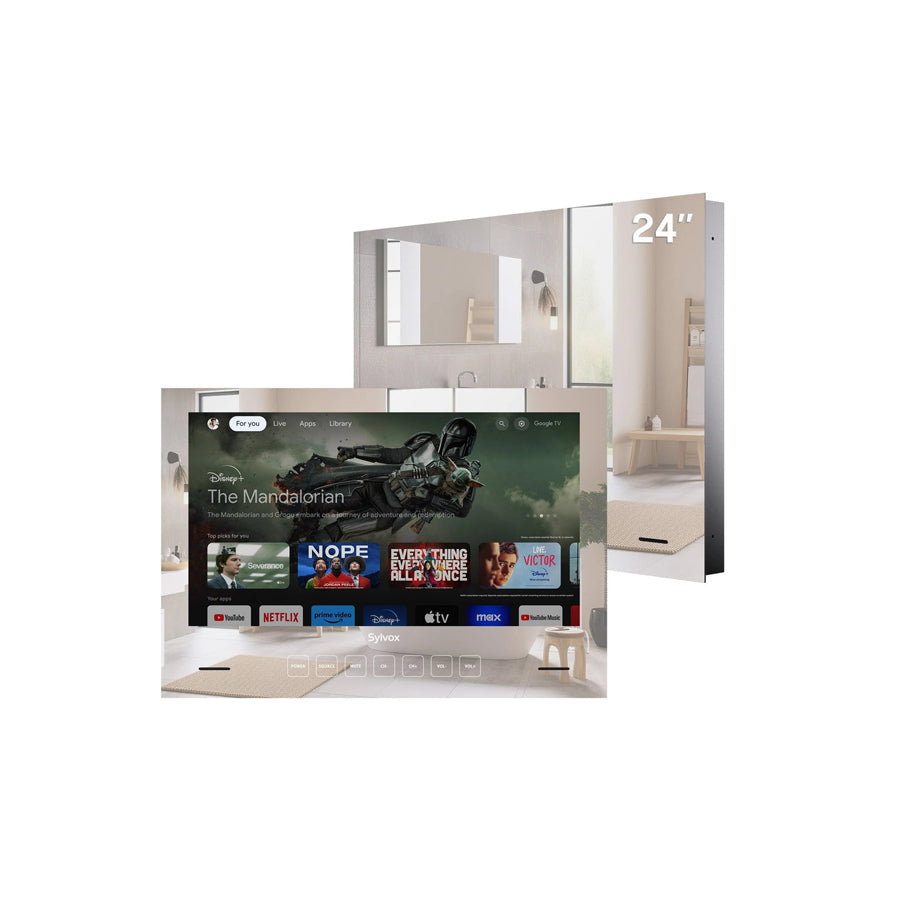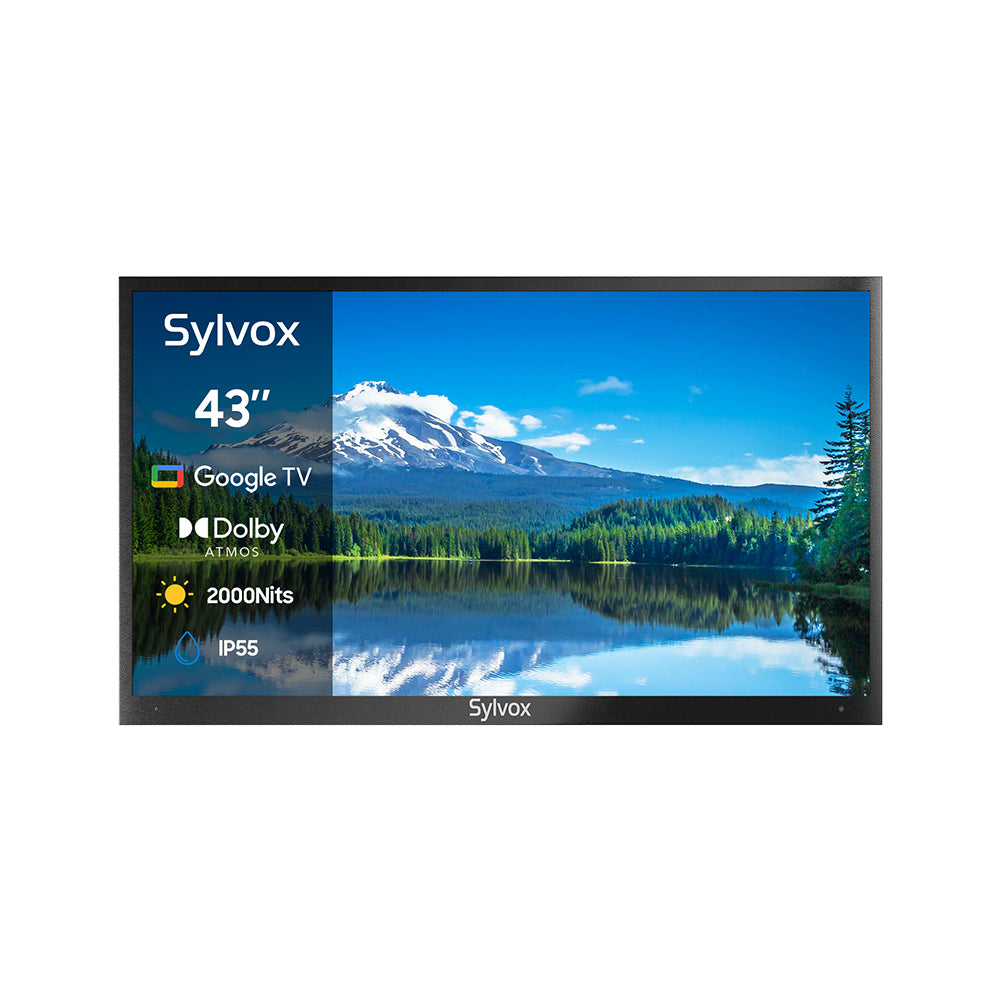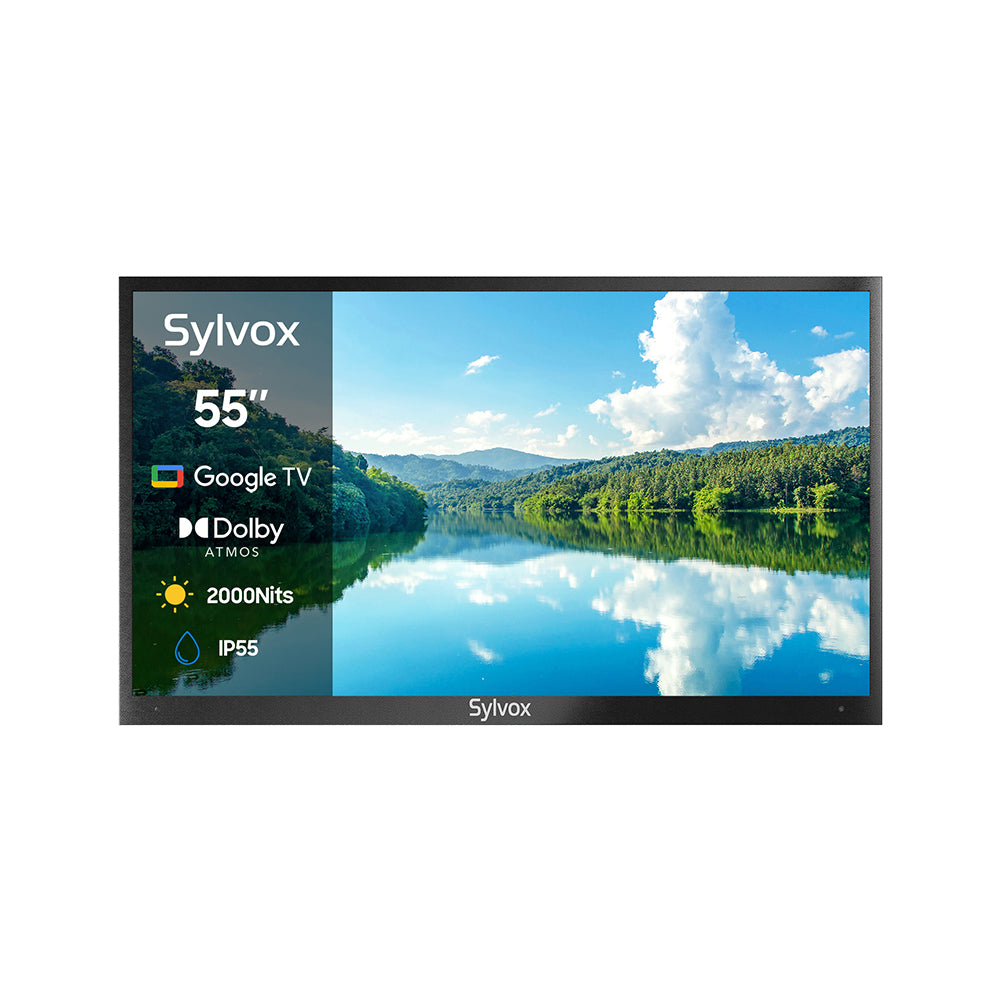Outdoor TVs and Nits: Why Brightness Matters
Struggling to see your outdoor TV clearly during daylight hours? You’re not alone. Many outdoor setups face challenges from natural sunlight and glare. This guide will help you understand how nits (a measure of screen brightness) impact your TV’s performance outdoors, and how to choose the right brightness for your outdoor environment.
What Are Nits and Why Do They Matter?
Nits measure how bright your TV screen is. The higher the nits, the brighter the screen, which is critical for outdoor viewing where sunlight can impact visibility.
Most indoor TVs range from 350 to 500 nits, but for outdoor TVs, especially in direct sunlight, you’ll need 1000 to 2000 nits to see clearly. In shaded areas, a lower range of 700-1000 nits works well. Along with nits, look for anti-glare technology to reduce reflections and improve the overall viewing experience.

Here’s why nits are important for outdoor TVs:
-
Combatting Sunlight and Glare: High-nit screens ensure your TV remains clear even in bright sunlight and reduces glare by maintaining color vibrancy and contrast.

-
Enhancing Picture Quality: Brighter screens make colors more vivid and details sharper, providing a better viewing experience in any lighting condition.

Recommended Nits Levels for Outdoor TVs
Choosing the right brightness depends on your specific outdoor environment. Here’s a general guideline:
-
Full Sun Exposure (1000-2000 Nits): If your outdoor TV is exposed to direct sunlight, look for models with at least 1000 nits, like Sylvox's Full Sun series with 2000 nits. This brightness level ensures optimal clarity and color in sunny conditions.

-
Partial Shade (700-1000 Nits): For areas that get some sun but also have shade, like under a pergola, a TV with 700-1000 nits will offer clear visibility without being over-bright. Sylvox's Partial Sun series, which features 1000 nits, is an excellent option for these settings.

-
Full Shade (500-700 Nits): In fully shaded or covered areas, a lower nit level of 500-700 is usually sufficient. TVs in this range provide balanced brightness and won’t overwhelm your eyes in dimmer outdoor spaces.
Extreme Temperature and Climate
If you live in an area with extreme temperature variations or harsh weather conditions, such as high heat or freezing cold, it's essential to choose an outdoor TV with a wider operational temperature range. This will ensure that the TV functions reliably in all seasons without any issues. Look for models that can withstand temperature ranges from -20°F to 120°F (-29°C to 48°C) to ensure durability and long-lasting performance.

Conclusion
Choosing the right outdoor TV depends on finding the ideal balance between brightness (nits), picture quality, and weather resistance. Whether you need a TV for full sun or shaded areas, understanding nits will ensure a clearer, more enjoyable viewing experience. Ready to transform your outdoor space? Explore our range of outdoor TVs, and consult with an expert to find the perfect match for your setup.











Leave a comment